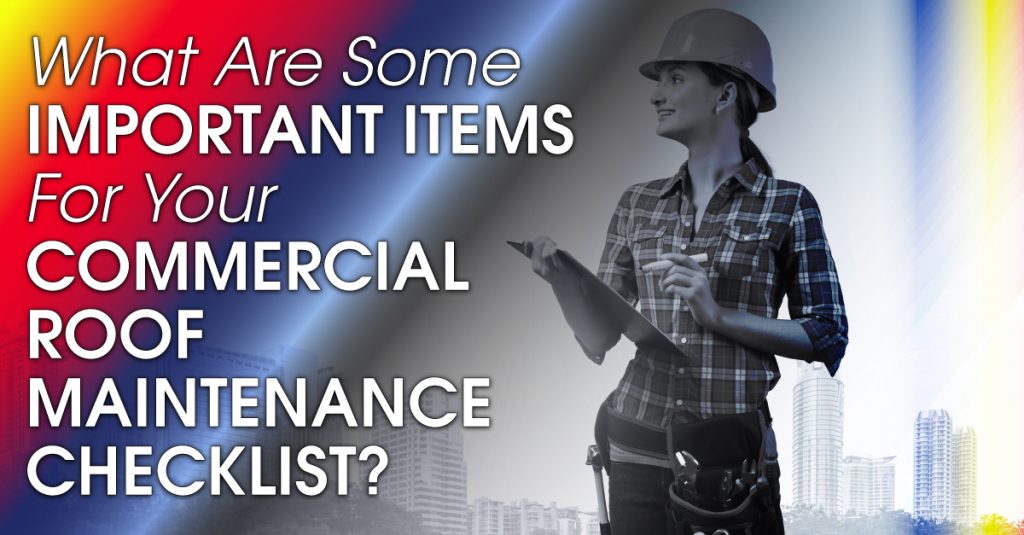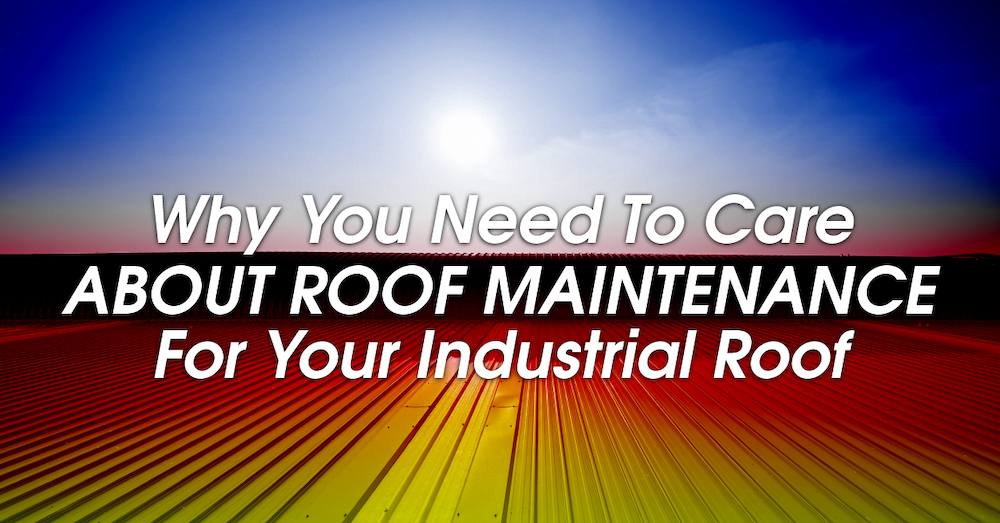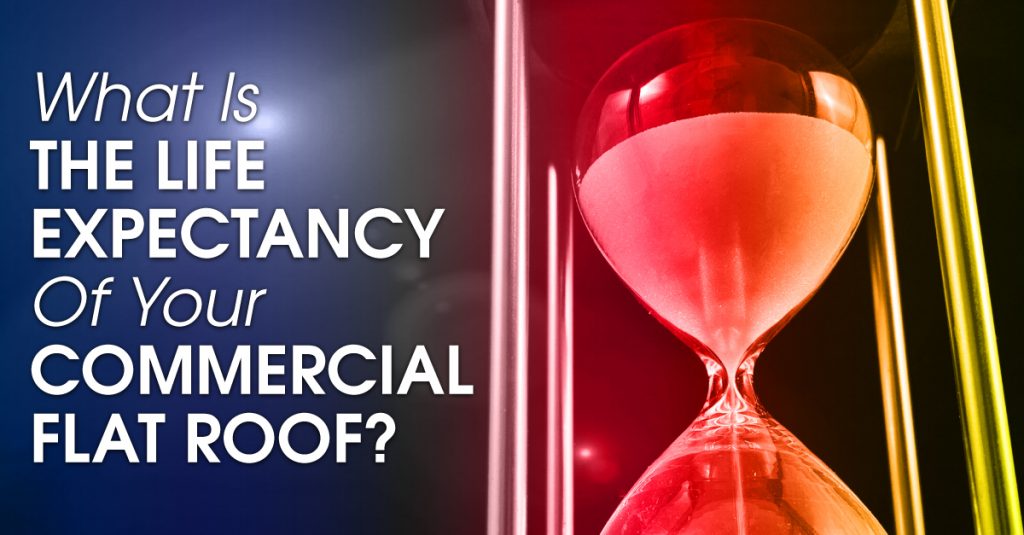As a commercial property owner or manager, you have many things to do to ensure your facility is always in optimal condition. However, with so much on your plate, it’s easy to miss some maintenance chores, especially when it comes to your commercial roof. A well-maintained roof can save you many headaches throughout your ownership of the facility, so regular inspections and routine maintenance are essential.
To help make the process manageable for you, we’ve outlined the essential items you should include in your commercial roof maintenance checklist.
Keep Detailed Records
Tracking your roof records might not be your first thought for your commercial roof maintenance, but it is crucial. Keeping accurate records will help you better determine how well your roof performs and save time when discovering the source of roof problems.
So, make sure your checklist has a record of who went out onto your building’s roof, what they were doing, where they were on the roof, and how long they stayed there. This applies to roofing contractors, third-party vendors, your maintenance crew, and any other person who went on the roof.
If possible, record what equipment or tools they used. This can help when diagnosing punctures, water infiltration, pulled seams, or missing caulking and flashing.
Your record can also include notes about the makeup of your roof, warranty period and coverage, and contact information about your commercial roofing contractor.
Rate Your Inspection Findings
Writing a report on the current roofing conditions and taking photographs of damaged areas is one of the most effective ways to document roof maintenance. Note any problems, identify their locations, and take photos to serve as visual evidence and give your roofer an idea of the scope of work.
At each thing you look at, what is their state? Give it a rating of Good, Fair, or Bad.
- Good: No visible damage or signs of deterioration; no action needed.
- Fair: Potential areas of concern; identify the location and monitor for now
- Bad: Obvious damage, leaks, or dangerous situation; take immediate action
Have a Toolkit
When inspecting your commercial roof, you need to be able to get to and see every area. It will be so much easier to get your job well done when you have the right tools, including:
- A copy of your checklist along with a pen or pencil for note-taking.
- A flashlight to light up dark areas.
- A camera for taking pictures to include in your report.
- A copy of your roof plan or aerial photos to help you assess all areas and make areas of concern.
- A tape measure for taking specific measurements of rips, holes, and other surfaces needing repair.
Inspect From Inside Your Building
Before proceeding to the roof’s top deck, consider checking the condition of your roof from insider your facility. The presence of out-of-ordinary defects may be evidence of water infiltration or any other form of damage.
Check the state of your walls. Do they show signs of mold, peeling paint, or streaks and dark spots? These are signs of high humidity and roof leaks.
Damp areas around vents and chimneys can indicate missing or damaged flashing or caulking on the roof. You have to look and touch the surface to get an idea about the level of dampness you’re dealing with. An infrared thermometer or moisture meter can tell you where there’s excess moisture.
Another thing you should check is ventilation. Are your vents properly placed? Poor ventilation can shorten the life of your commercial building because it does not allow for proper circulation of warm and cold air.
If you can get into the roof deck, visually check for cracks or crevices in the rafters and sheathing. You know there’s a problem if there’s light showing through where it should not be. Check to see if the deck is sagging or if there are rotted roof timbers.
If you notice any leaks, note their location and size, take pictures, and call a helpful, local roofer. They’ll carry out a more detailed inspection to identify the source and develop a plan to repair and prevent future damage.
Inspect from Outside the Building
Now it’s time to switch your efforts to your rooftop. A close inspection of your roof will begin with a general lookover of the rooftop from visible damage and debris. Debris like leaves, branches, and other trash from roof corners and drains will need to be removed to allow for proper water drainage.
Check for obvious signs of damage, standing pools of water, and missing or damaged flashing. Be sure to look for clogged or broken gutters, downspouts, and internal drains because they can cause ponding. Also, keep an eye out for tears, punctures, blisters, elongated holes, or displaced ballast.
Wear and tear is common along roof edges. Examine vents, fascia, flashings, drip edges, chimneys, HVAC curbs, and decking. Is anything missing, or is there rust, rotting, or corrosion? Note down your observations so your roofer can focus on the problem areas.
Your roofing materials should be secured down tightly. If anything is pulling away from the roof, your commercial roofing contractor should fix it to close gaps that allow elements inside.
If you can keep your commercial roof in optimal condition through regular maintenance, you can prevent expensive damages to your roof and prolong its life by many years. Our roofing technicians at StormForce can make sure the inspection and repairs are taken care of so that you can focus on running your business. Contact us today to schedule your free consultation and estimate.



